History
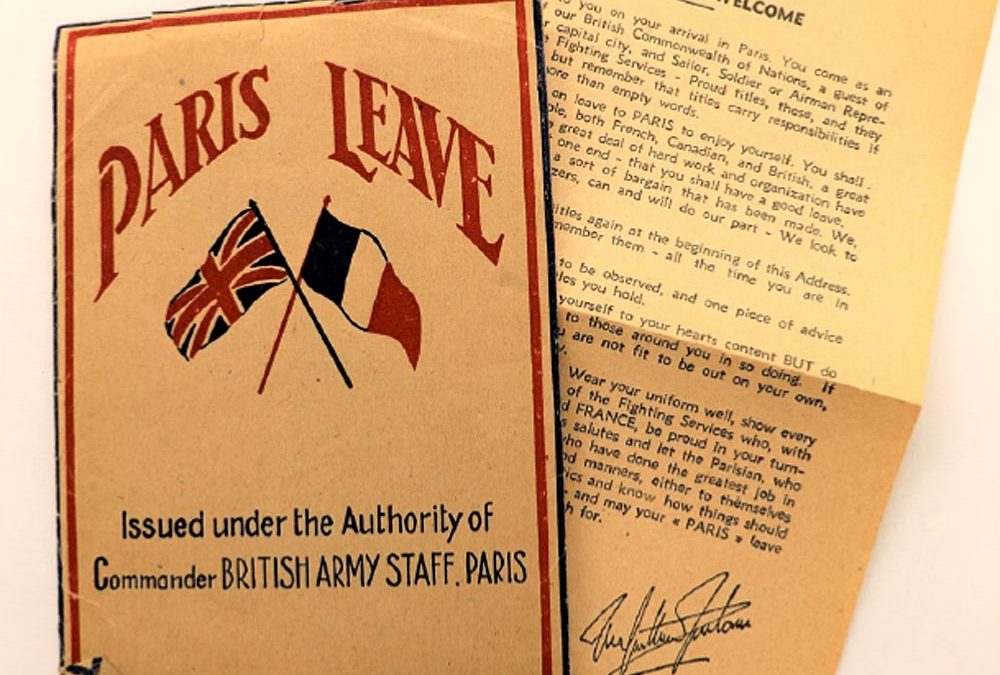
Information booklet provides liberating soldiers with information about France’s capital
While sifting through our archive collections, RCA Museum staff came across a peculiar artifact dating back to the Second World War — a British Army-issued information booklet given to Allied soldiers on leave in Paris, France.
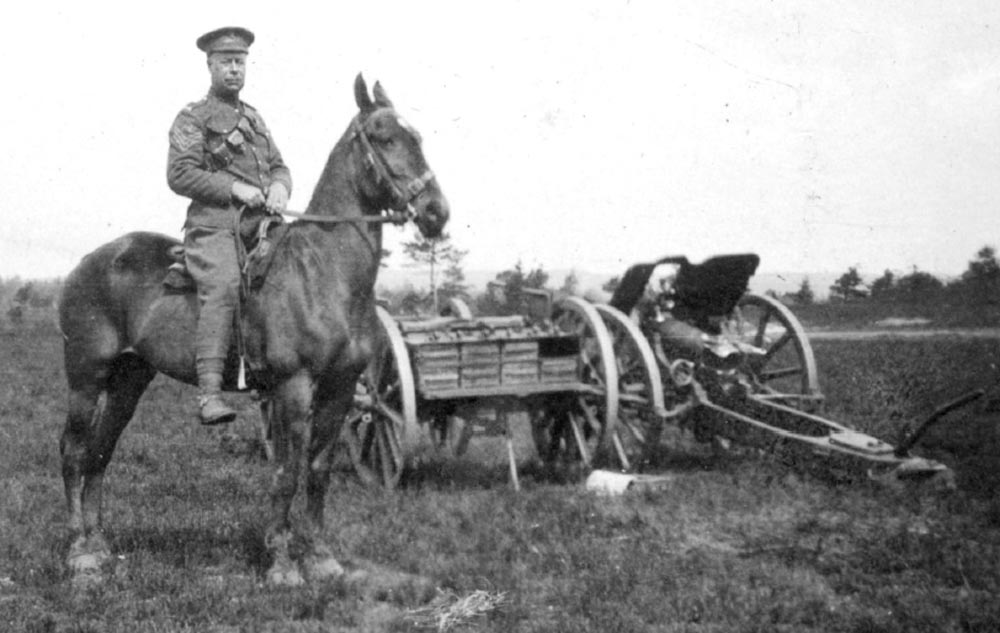
Canadian artillery rely on horses during Great War
The RCA Museum displays two realistic-looking, life-sized horses which often draw the attention of many visitors. Accompanying one of these horses is an artilleryman outfitted in a 1905 Canadian military uniform, demonstrating how far back the relationship between horse and military extends.
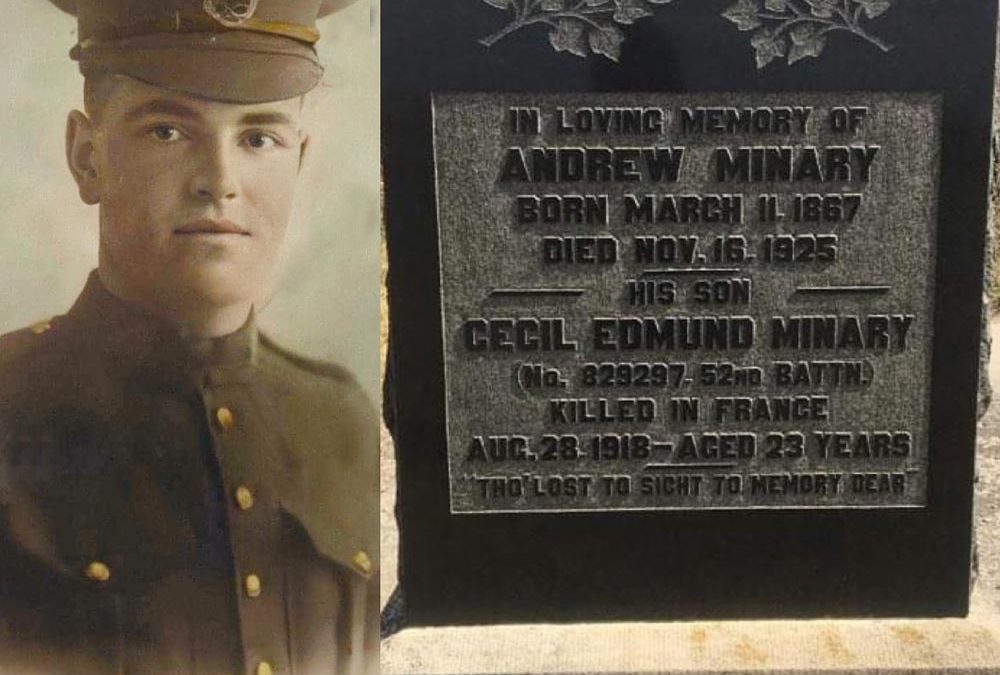
Letter Home From France: Battle of Vimy Ridge
Pte Minary wrote this letter home from the front two days after the start of the Battle of Vimy Ridge. He does not mention anything about his involvement after Canadian soldiers attacked the ridge on April 11, though he suggested it was a monumental moment in Canadian history when he wrote: “I guess Annie you will be proud to able to call yourself a Canadian after what has just happened here I know I am.”
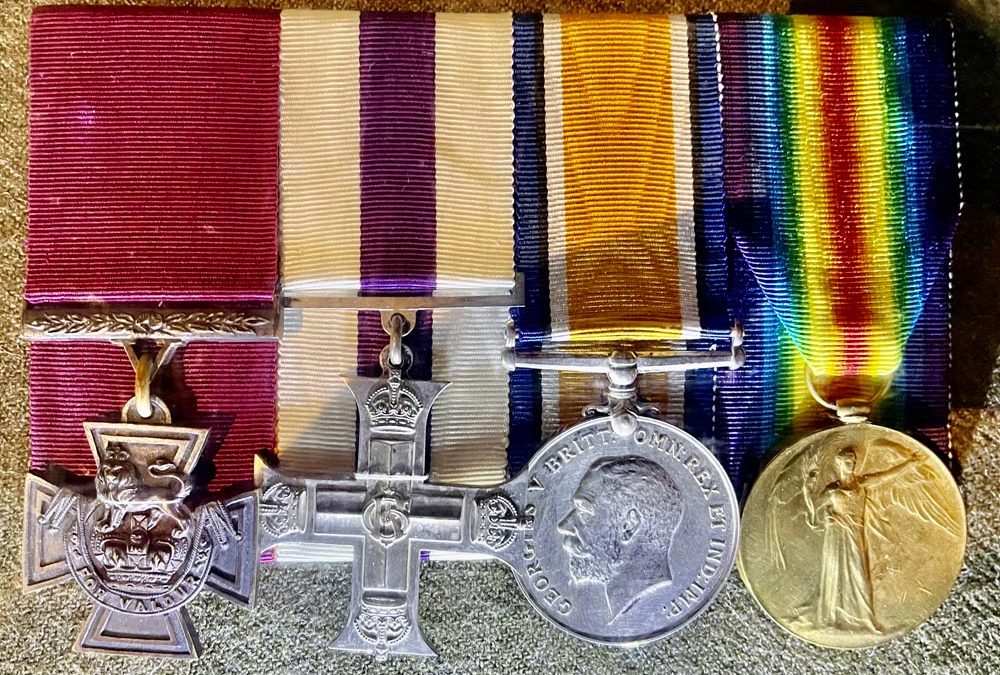
Did you know RCA Museum has Victoria Cross medal on display in its collection?
Did you know there’s an actual Victoria Cross (VC) medal on display at the RCA Museum. It was on Jan. 31, 2009 when the museum unveiled a new display in the Manitoba Hall of Honour, which pays tribute to Manitobans who have won 13 of Canada’s 94 Victoria Crosses.
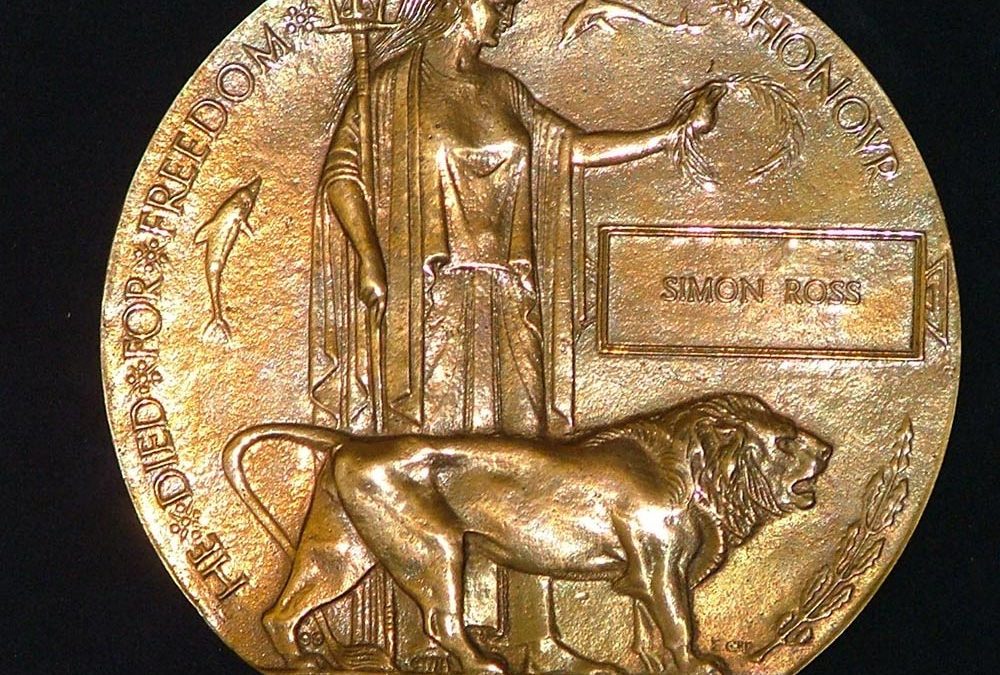
Three Ross brothers KIA during Great War — RCA Museum displays military medals, Dead Man’s Pennies
They were three brothers in the First World War — they all died within one year of each other.
Pte Hugh Ross died on June 6, 1916 in Belgium; Simon Ross died on Feb. 22, 1917 in Mesopotamia; while William Ross died on May 1, 1917 in France. They were the sons of Hugh Ross from the Highlands of Scotland, who immigrated to Canada in 1907 and settled in Manitoba, choosing Virden as home.
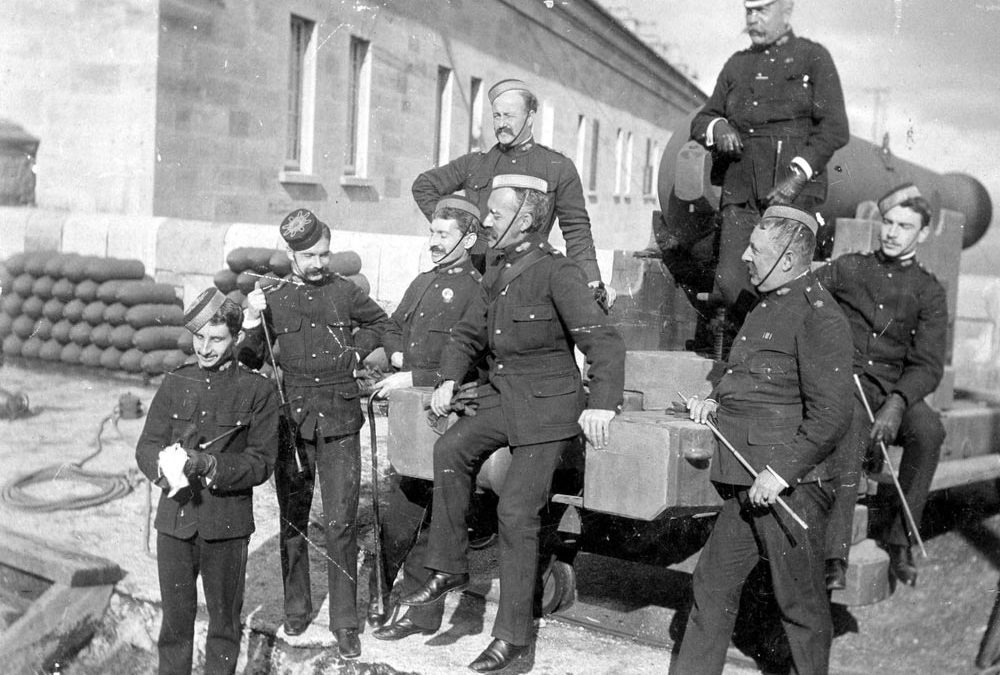
Good-natured Capt Alfred Farley honed artillery skills with B Bty in 1880s
The RCA Museum has a striking collection of heritage photographs showing Capt Alfred A. Farley, a good-natured and ubiquitous soldier from B Bty and the Royal School of Gunnery in the 1880s. Capt Farley joined B Bty as a Non-Permanent Active Militia soldier in 1882, then as a founding member of the Regiment of Canadian Artillery in 1883 and as a Permanent Active Militia or permanent force soldier in 1884.
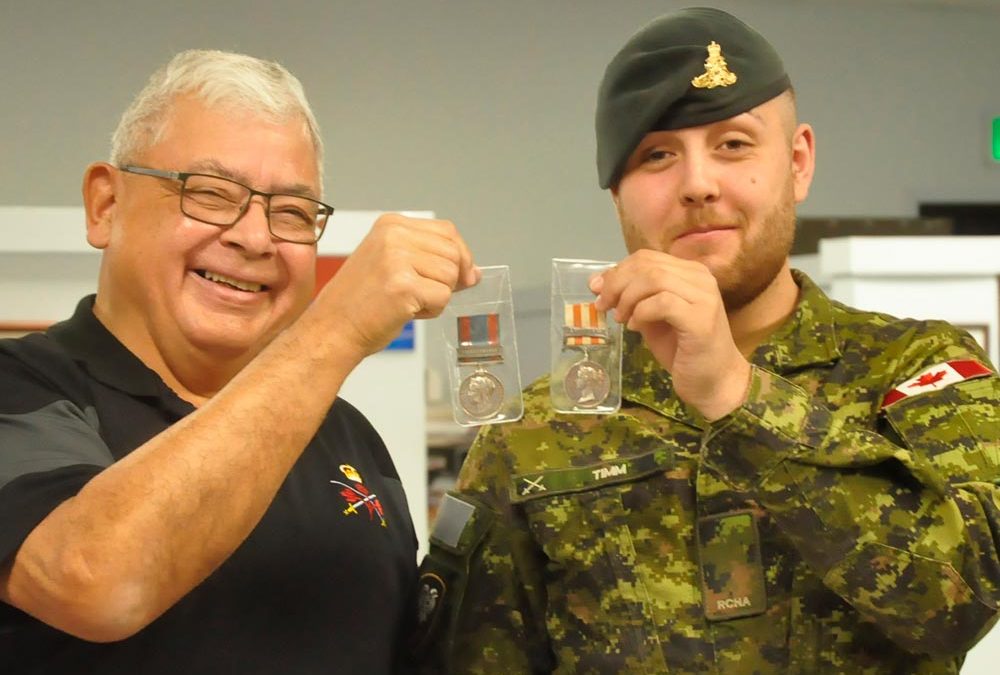
Colourful Gen Thomas Strange considered ‘Father of Canadian Artillery’
The second son of a Scots officer, Thomas Bland Strange was born in Meerut, India, on Sept. 15, 1832 and educated at Edinburgh Academy. Unable, for financial reasons, to follow his brother to Sandhurst, young Tom was accepted at the Royal Military Academy in Woolwich. Here, talent and performance were more important than good breeding. He graduated at age 20, was commissioned in the Royal Artillery and posted to Gibraltar.
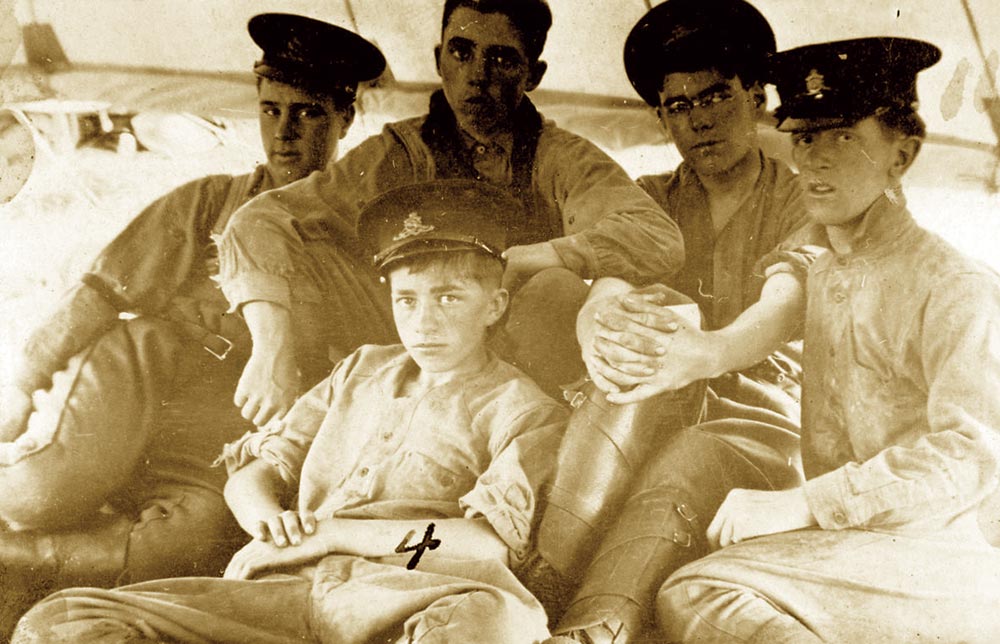
Camp Sewell scrapbook in focus thanks to photographer Sgt George Morrow
The RCA Museum has a rare scrapbook containing photographs, and insightful commentary from Camp Sewell dated 1911 to 1914. The military training camp, located approximately 10 kilometres west of Carberry, operated from 1910 to 1934. The camp was renamed Camp Hughes after MGen Sir Sam Hughes in 1915, a year into the Great War.
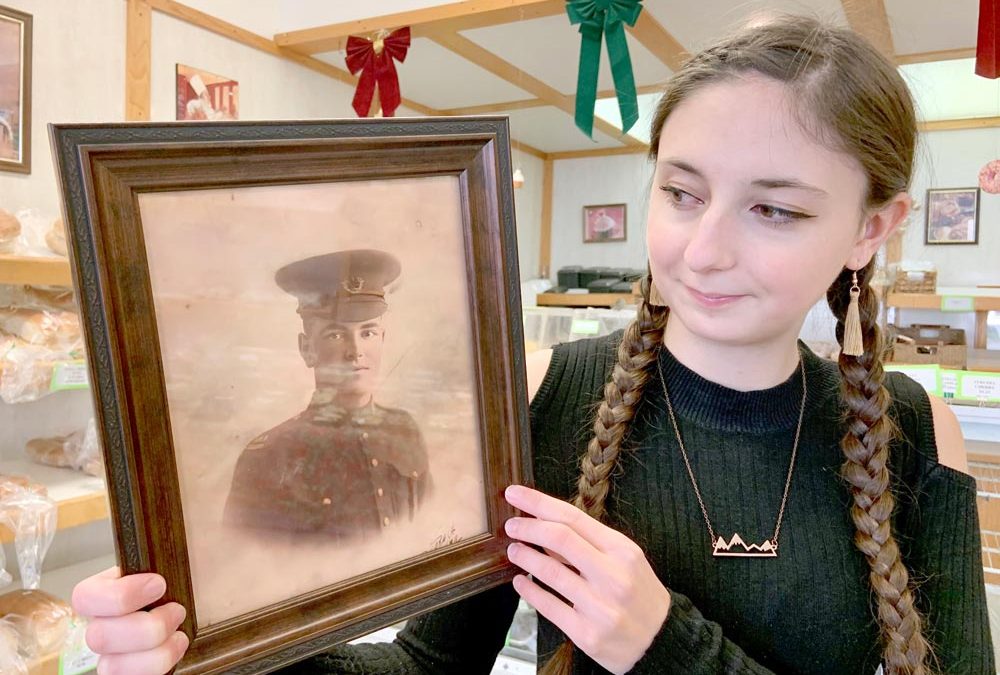
LETTERS HOME FROM FRANCE — great-great-niece Kendra Minary uses mail to research family military history
When he wasn’t leading his Lewis gun crew on the battlefield in France, during Great War, Pte Cecil Minary of Nesbitt wrote letters from the trenches or his billet’s home away from the fight with Germans to family back home in Manitoba.
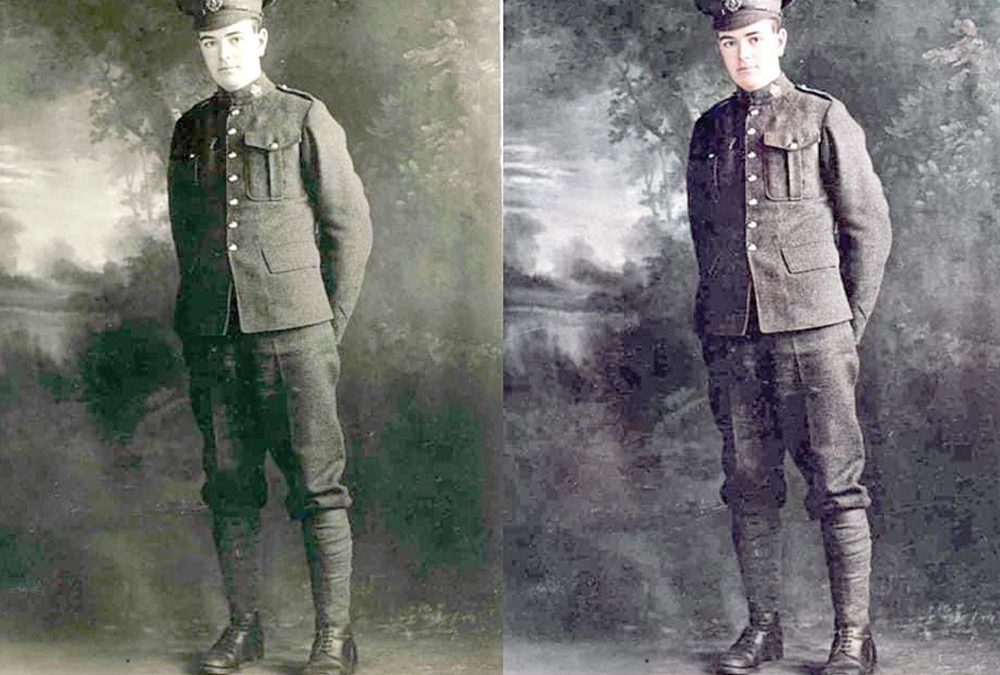
LETTERS HOME FROM FRANCE — Kendra Minary uses mail to research family military history
When he wasn’t leading his Lewis gun crew on the battlefield in France, during Great War, Pte Cecil Minary of Nesbitt wrote letters from the trenches or his billets home away from the fight with Germans to family back home in Manitoba.



